Gold Price Today, 16 Sep 2022: MCX gold at multi-year low, may trade sideways to down; US Fed policy eyed
Gold Price Today, Gold Price Outlook, Gold Price Forecast: Gold prices were trading weak in India on Friday, on the back of muted global cues. On Multi Commodity Exchange, gold October futures were trading Rs 76 or 0.2 per cent down at 49,236 per 10 gram as against the previous close of Rs 49,312. Silver December futures were ruling Rs 198 or 0.4 per cent down at Rs 56,219 per kg. Globally, yellow metal prices hovered near a two-year low on Friday and were set for a weekly fall as an elevated dollar and prospects of aggressive U.S. rate hikes dented bullion’s appeal, according to Reuters. Spot gold was unchanged at $1,664.48 per ounce, and was down 3% for the week so far. Prices hit its lowest since April 2020 at $1,659.47 on Thursday. U.S. gold futures were down 0.3% at $1,673.10.
Also read: Rupee likely to remain steady amid strong dollar, risk aversion in markets; USDINR pair to trade sideways
MCX gold drops to multi year low amid panic over rate hikes. Focus has shifted to the Fed policy which is scheduled next week. The dollar has reached 109.5 levels and looks strong. MCX October future has a room for further downside until 49,100 per 10 gram. Hence we recommend short on rise.
Tapan Patel, Senior Analyst — Commodities, HDFC Securities
Gold prices traded weak on Friday with spot gold prices at COMEX were trading near $1663 per ounce in the morning trade. MCX Gold October futures opened lower near Rs. 49224 per 10 gram in line with fall in COMEX gold prices. The yellow metal extended losses on hawkish FED on larger rate hike expectations. The stronger dollar index also weighed on investment sentiments in gold. We expect gold prices to trade sideways to down for the day with COMEX Spot gold support at $1650 and resistance at $1690 per ounce. MCX Gold October support lies at Rs. 48900 and resistance at Rs. 49800 per 10 gram.
Also read: Petrol, Diesel Price Today, 16 Sep 2022: Fuel cost static; check rates in Delhi, Noida, Mumbai, other cities
Prathamesh Mallya, AVP- Research, Non-Agri Commodities, and Currencies, Angel One
Interest rate hikes increase the opportunity cost of owning non-yielding metal, despite the fact that gold is seen as a safe investment during economic turmoil. The recent increase in the US dollar index, rising US Treasury yields, and the hike in U.S. inflation figures have all worked together to keep gold buyers largely inactive. Following the Fed’s policy meeting next week, the markets have fully priced in an interest rate increase of at least 75 basis points, and maybe even up to 100 basis points. We expect gold to trade lower towards 48870 levels, a break of which could prompt the price to move lower to 48450 levels.
(The views in this story are expressed by the respective experts of the research and brokerage firm. Financial Express Online does not bear any responsibility for their advice. Please consult your investment advisor before investing.)
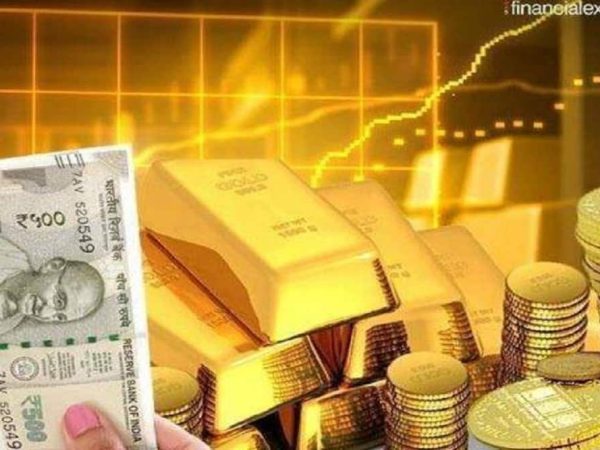
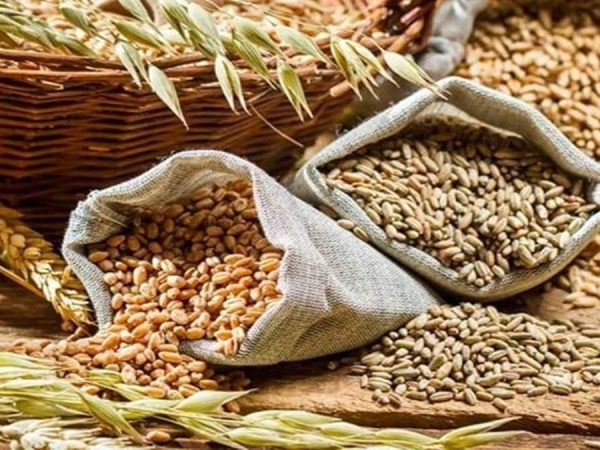
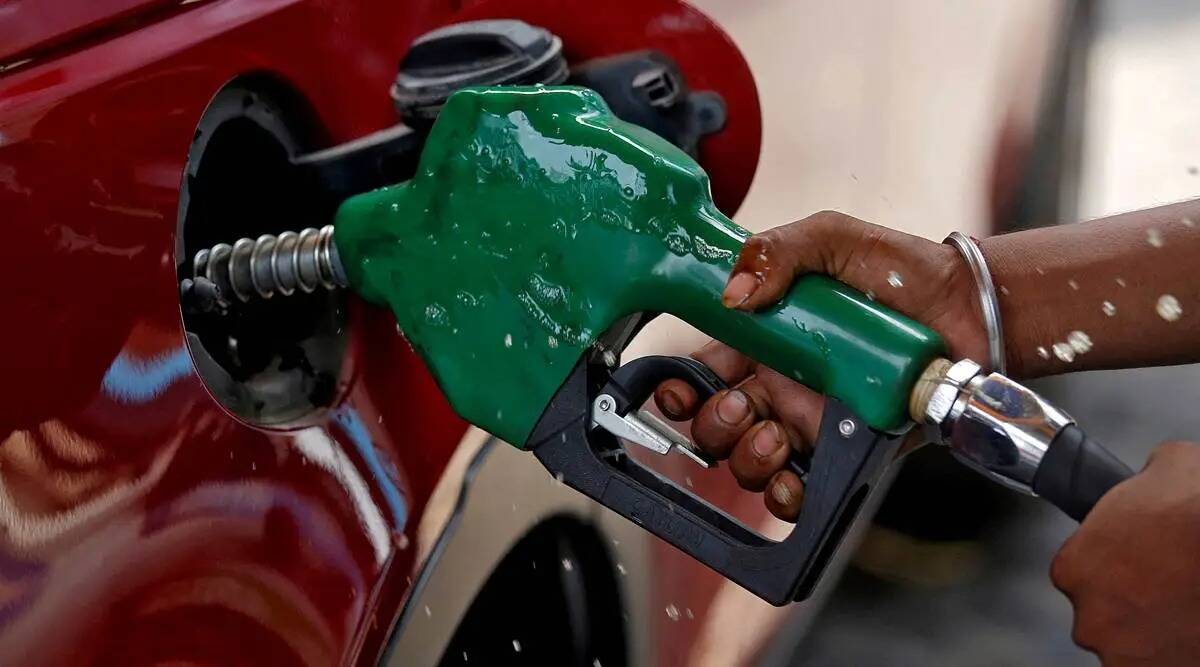
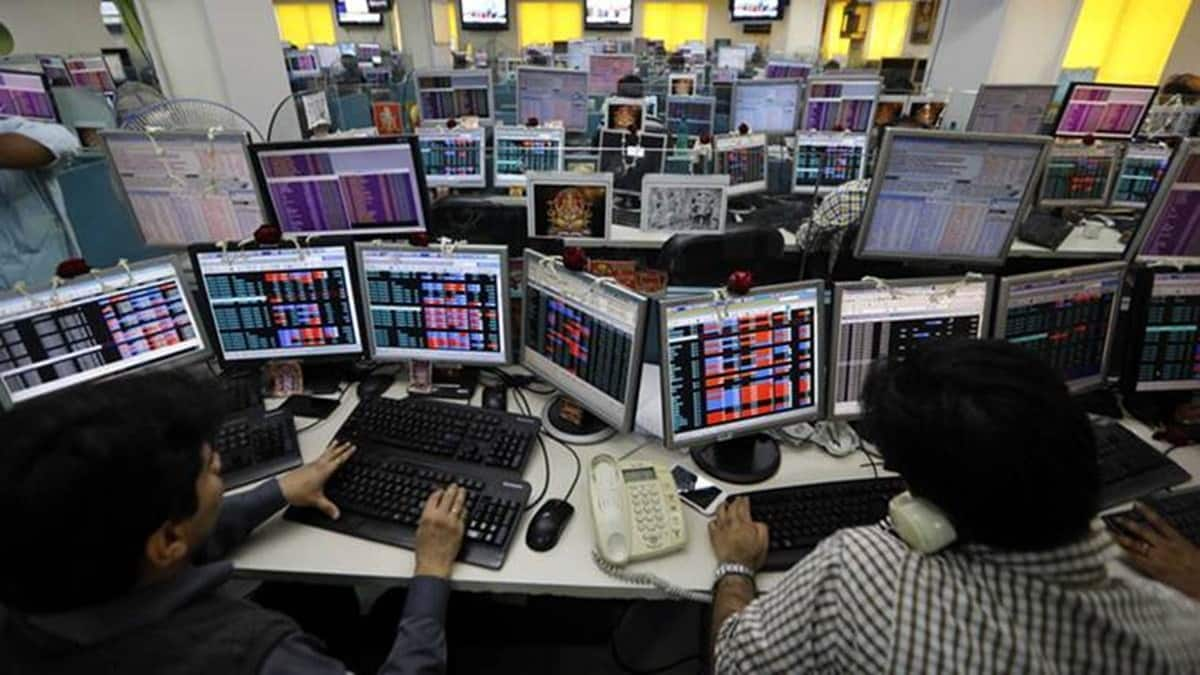
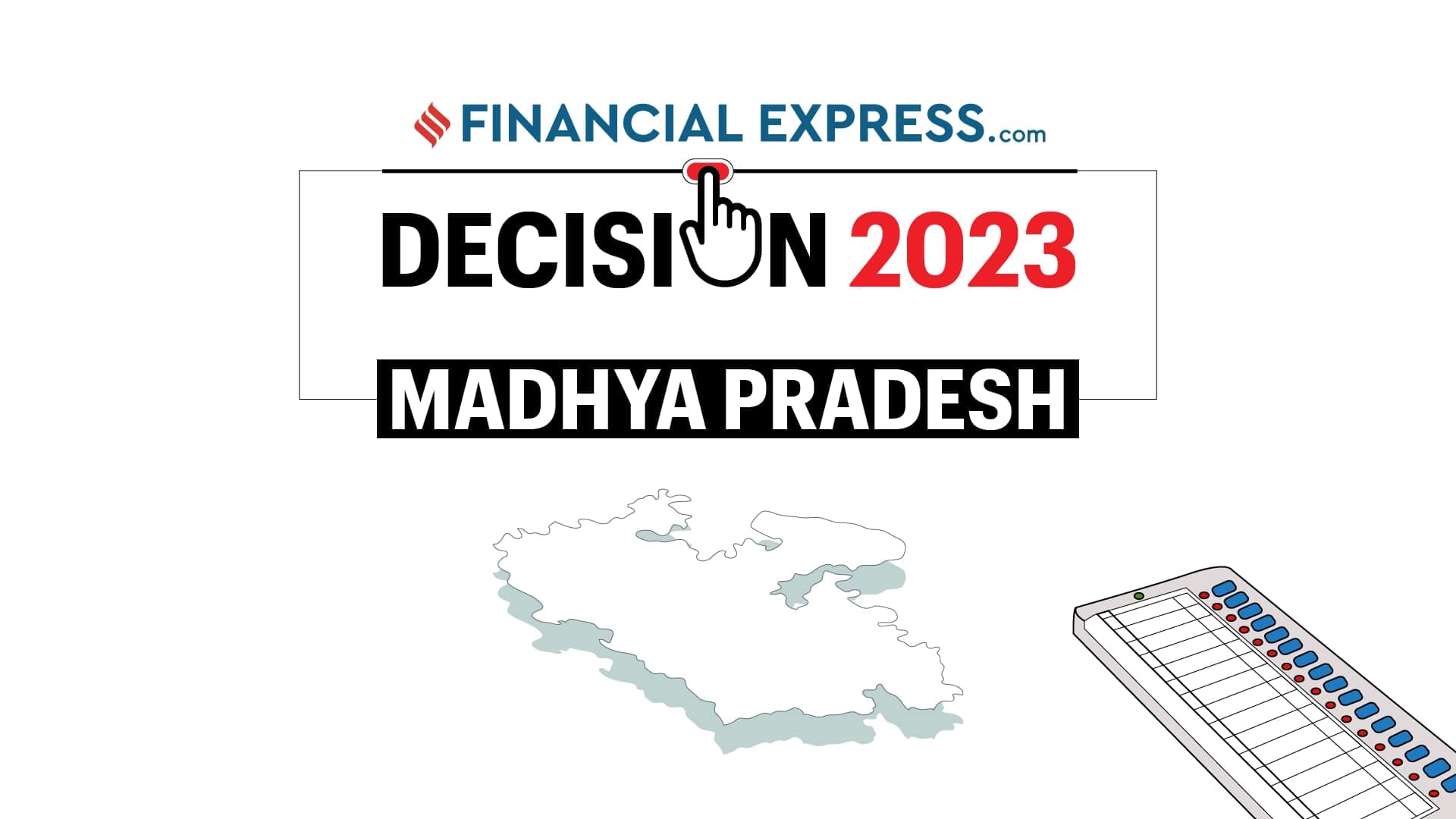

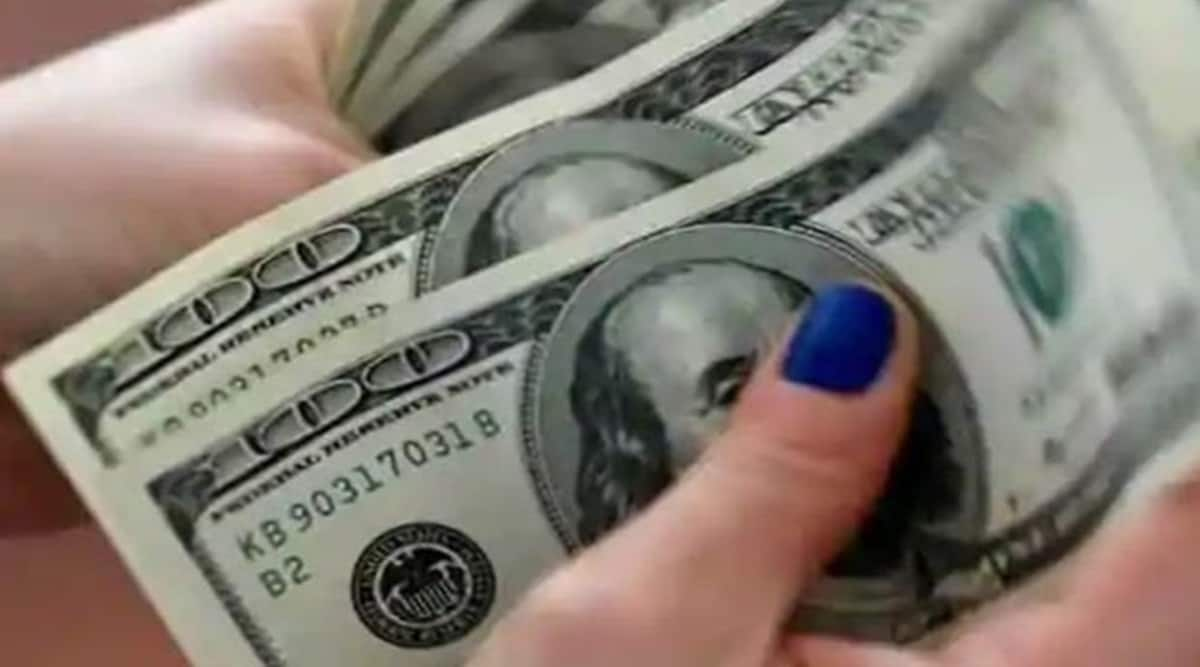
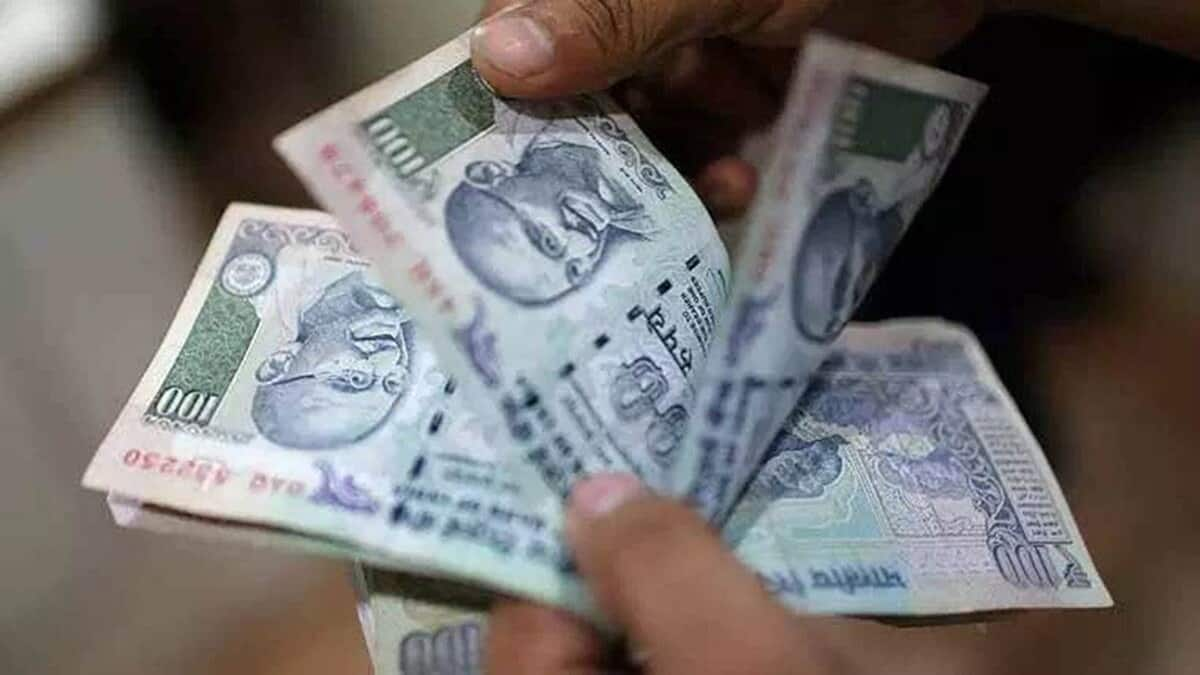

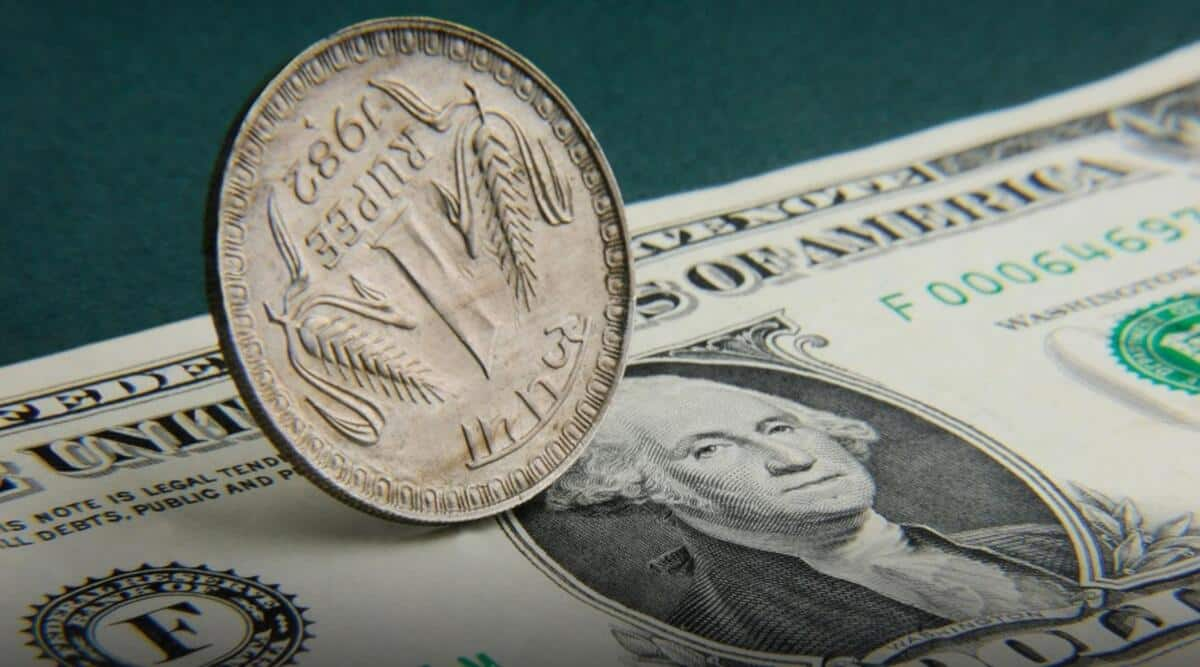
Recent Comments